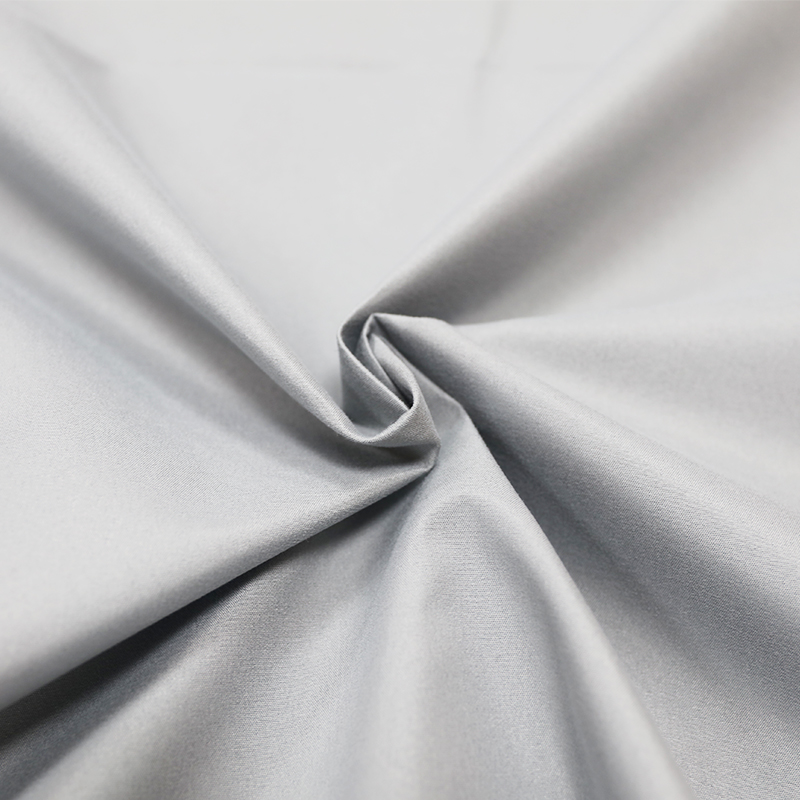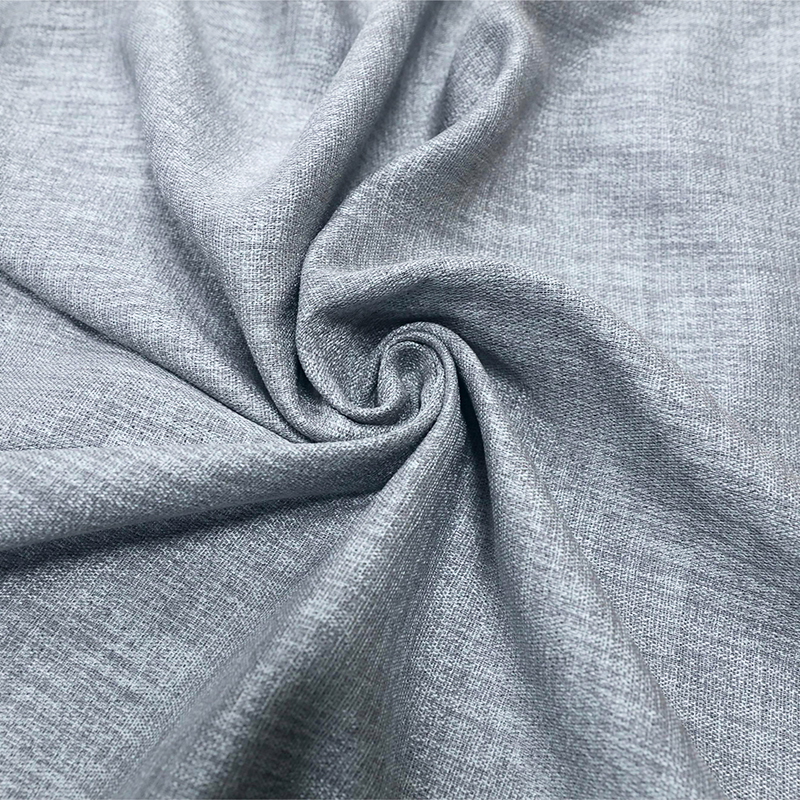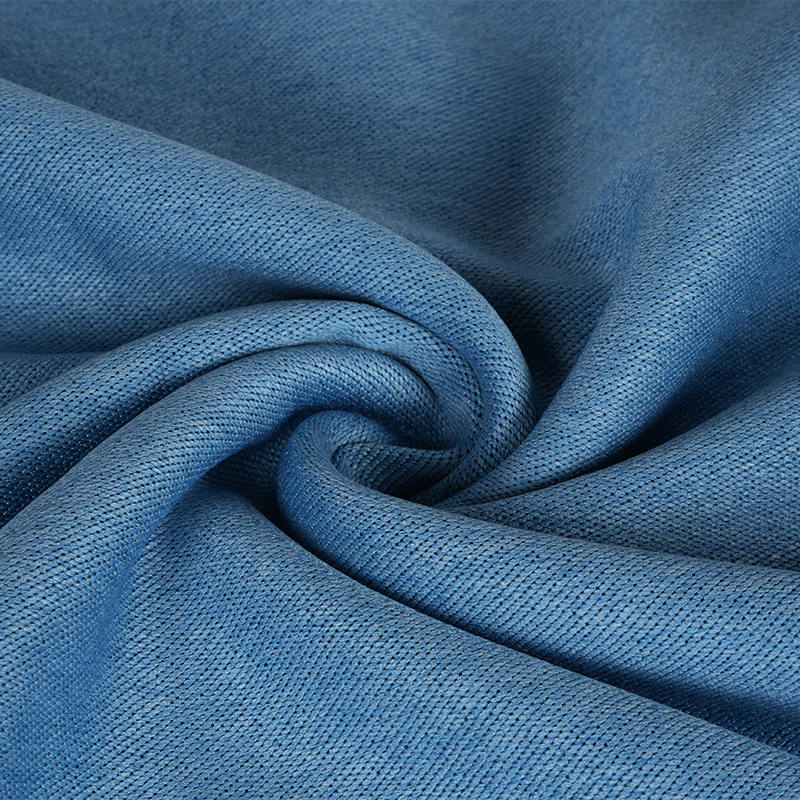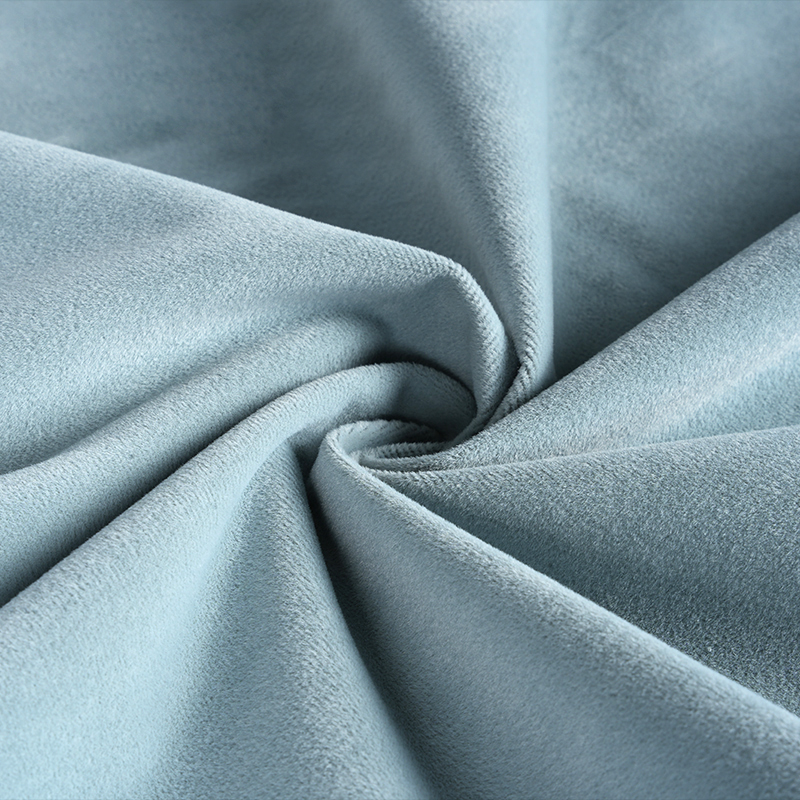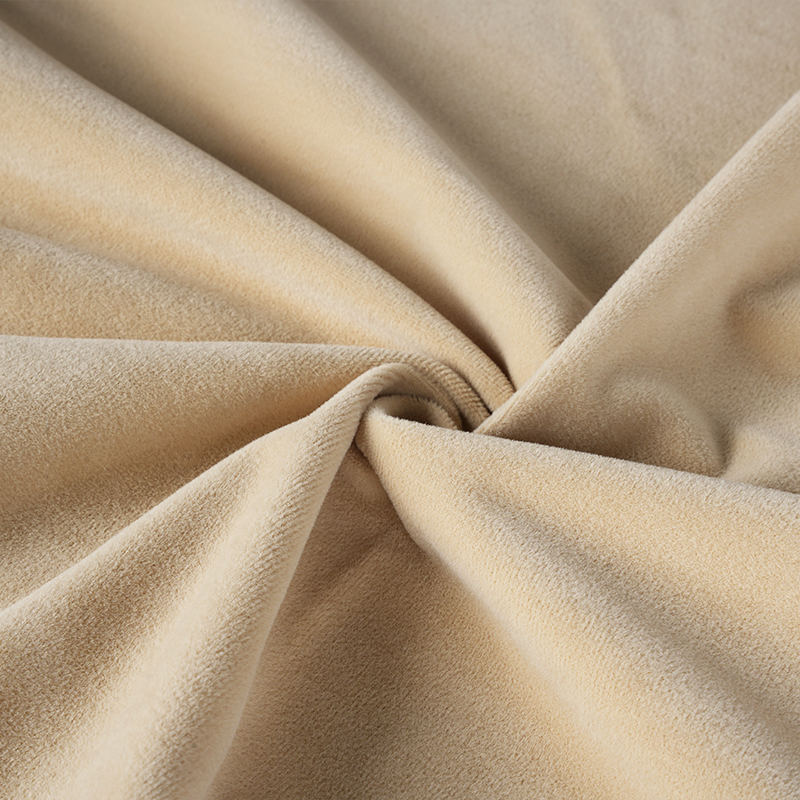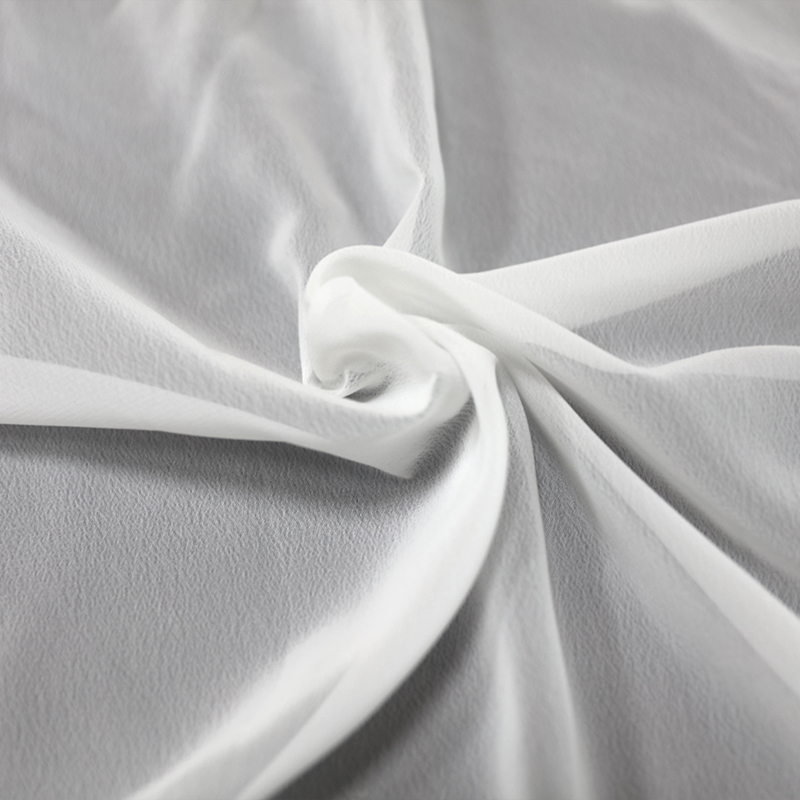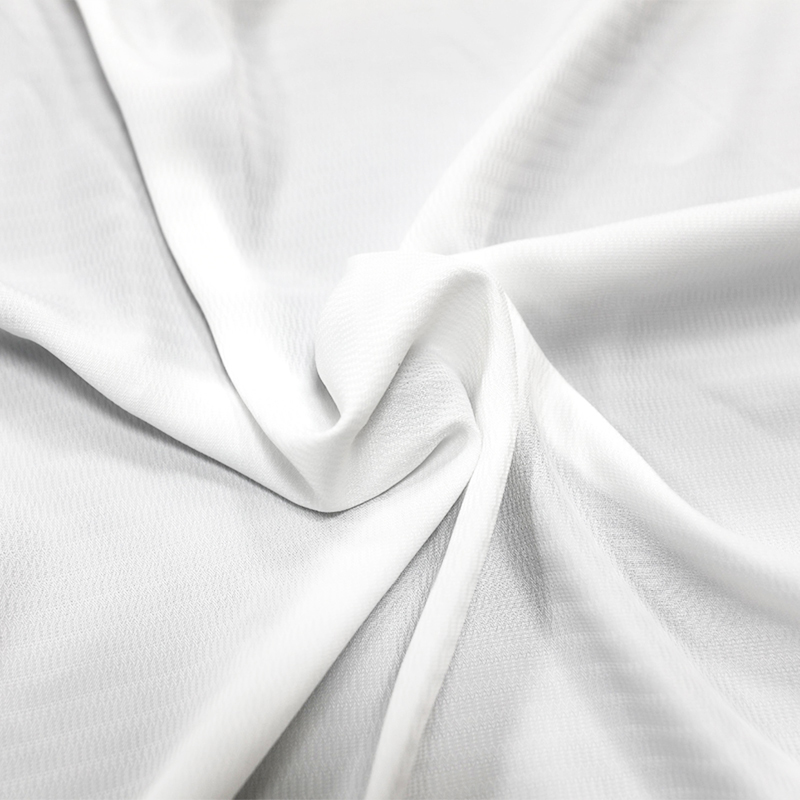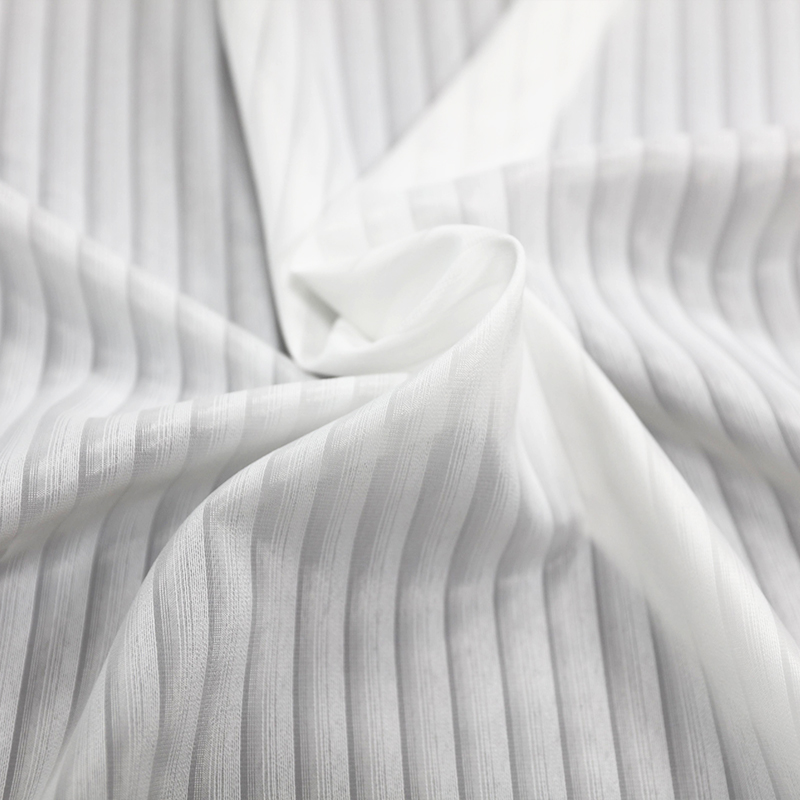-
Phone:+86-13815442820
-
E-mail:[email protected]
-
Address:Room 0415-2, Building 1, Baohui Business Building, Keqiao Street, Keqiao District, Shaoxing City, Zhejiang Province
Curtain Fabric Comprehensive Guide: How to Choose the Best Curtain Fabric for You
 2025.09.22
2025.09.22
 Industry News
Industry News
Curtains are not only part of home decoration but also affect lighting, privacy, and the overall atmosphere. Choosing the right curtain fabric is essential.
Types and Characteristics of Curtain Fabrics
1. Cotton
Advantages: Cotton curtains are natural, eco-friendly, breathable, and soft to the touch. They are suitable for all seasons, especially in warm or humid climates. Cotton can be dyed and printed with various colors and patterns, making it versatile for different home styles.
Disadvantages: Cotton wrinkles easily and requires ironing. Prolonged exposure to sunlight may cause fading. Its light-blocking ability is limited, and a lining or thicker fabric may be needed for full blackout.
Recommended for: Bedrooms, living rooms, and balconies. Ideal for natural and minimalist home styles.
2. Linen
Advantages: Linen has a natural texture with excellent breathability and moisture absorption, creating a fresh and comfortable atmosphere. Linen curtains suit Nordic or casual home styles well.
Disadvantages: Linen wrinkles easily and requires dry cleaning or gentle hand washing. It is usually more expensive than cotton, and some linen fabrics may feel stiff.
Recommended for: Living rooms, bedrooms, and balconies, especially for homes with natural or artistic styles.
3. Silk
Advantages: Silk curtains are glossy, smooth, and elegant, perfect for creating a luxurious and refined space. Silk can be dyed or embroidered with intricate patterns, adding an artistic touch to your home.
Disadvantages: Expensive, less durable, and requires careful maintenance. Prolonged sun exposure may cause fading or brittleness.
Recommended for: Luxury living rooms, formal dining rooms, or hotel suites for a high-end and elegant look.
4. Polyester
Advantages: Polyester curtains are durable, wrinkle-resistant, easy to clean, and affordable. They can mimic the look of natural fabrics while being less prone to shrinking or deformation.
Disadvantages: Less breathable and can feel artificial. High temperatures may cause slight deformation. Less environmentally friendly than natural fabrics.
Recommended for: Modern homes, children’s rooms, kitchens, where cost-effectiveness and easy maintenance are priorities.
5. Velvet
Advantages: Velvet is thick, soft, and glossy. Its density provides excellent light-blocking and sound-insulating properties, ideal for bedrooms and home theaters.
Disadvantages: Heavy and difficult to clean. Not suitable for small spaces or where lightweight curtains are desired.
Recommended for: Bedrooms, living rooms, and media rooms, perfect for those seeking comfort and luxury.
6. Blended Fabrics
Advantages: Blended fabrics combine the strengths of multiple materials, such as cotton-polyester blends, which are both soft and durable while being reasonably priced. The combination allows for adjustable texture, thickness, and functionality.
Disadvantages: Complex composition may affect breathability or comfort. Some blends may be less eco-friendly.
Recommended for: Everyday home use, balancing aesthetics and practicality.

Functional Fabric Selection
1. Light Blocking
Full Blackout
Features: Completely blocks light, ideal for bedrooms or home theaters, keeping the room dark for better sleep and viewing experience.
Dimout
Features: Partially blocks light, softening natural light while maintaining privacy. Suitable for living rooms or studies.
Sheer
Features: Lightweight and translucent, allowing natural light in while providing some privacy. Perfect for balconies or windows facing scenic views.
2. Sound Insulation
Features: Thick fabrics like velvet or heavy cotton effectively reduce noise, ideal for street-facing rooms or noisy environments, enhancing comfort.
3. UV Protection / Sun Blocking
Features: UV-protective fabrics help prevent furniture and flooring from fading, extending the life of indoor items. Recommended for rooms with strong sunlight.
4. Ease of Cleaning
Features: Polyester and blended fabrics are stain-resistant and easy to wash. Silk and linen require dry cleaning or gentle hand washing.
Style and Color Matching
1. Minimalist Modern
Recommended Fabrics: Lightweight cotton or polyester in solid colors or geometric patterns, creating a bright, clean, and minimalist atmosphere.
2. Nordic / Natural
Recommended Fabrics: Linen or cotton-linen blends in light tones such as beige, gray, or pastel blue, emphasizing natural comfort and relaxation.
3. Luxury Classic
Recommended Fabrics: Velvet or silk in dark or pearlescent shades, paired with pleats or tassels to create a high-end elegant space.
4. Children / Playful Spaces
Recommended Fabrics: Colorful polyester or printed fabrics with cartoon patterns, durable, easy to clean, and lively.
Curtain Fabric Comparison
| Fabric | Advantages | Disadvantages | Recommended Use |
|---|---|---|---|
| Cotton | Natural, eco-friendly, breathable, soft | Wrinkles easily, fades, limited light-blocking | Bedroom, living room, balcony |
| Linen | Natural texture, breathable, moisture-absorbing | Wrinkles easily, expensive, requires dry cleaning | Living room, bedroom, balcony |
| Silk | Glossy, smooth, elegant | Expensive, less durable, fades easily | Luxury living room, formal dining room |
| Polyester | Durable, wrinkle-resistant, easy to clean, affordable | Less breathable, artificial feel | Modern home, children’s room, kitchen |
| Velvet | Thick, sound-insulating, luxurious | Heavy, difficult to clean | Bedroom, living room, media room |
| Blends | Combines advantages of multiple fabrics, reasonably priced | Complex composition, may reduce breathability | Everyday home use |
Curtain Fabric Selection Tips
1. Determine Functional Needs
Tip: Prioritize fabrics based on light blocking, sound insulation, UV protection, and ease of cleaning.
2. Consider Texture and Feel
Tip: Comfort affects living experience, especially in bedrooms and leisure areas.
3. Match Home Style
Tip: Fabric texture, color, and patterns should coordinate with furniture and overall style to avoid clashes.
4. Measure Window Dimensions
Tip: Heavy fabrics require sufficient length and width; otherwise, pleats may be insufficient or visually heavy.
5. Budget Consideration
Tip: Natural fabrics like silk and linen are expensive; blended or polyester fabrics offer cost-effective alternatives.

 English
English Español
Español عربى
عربى